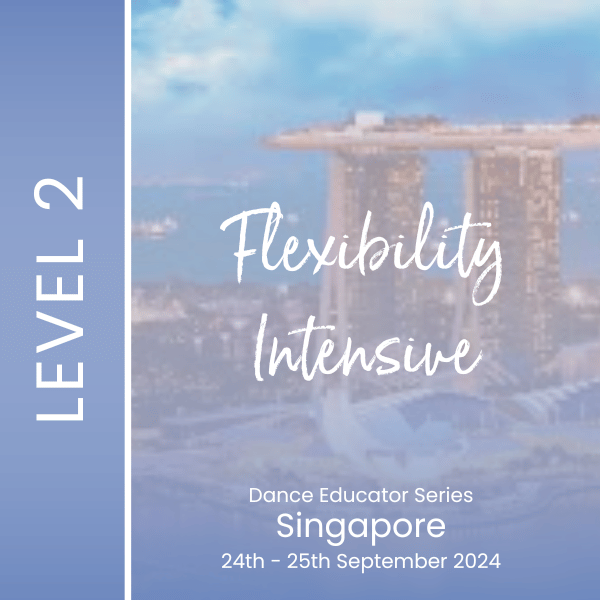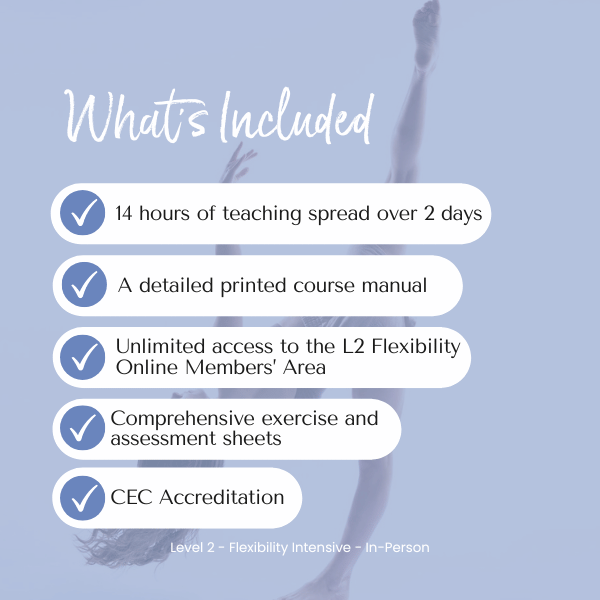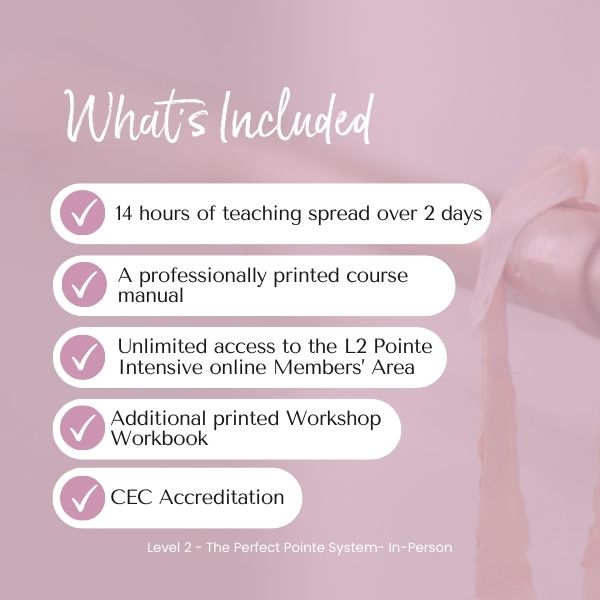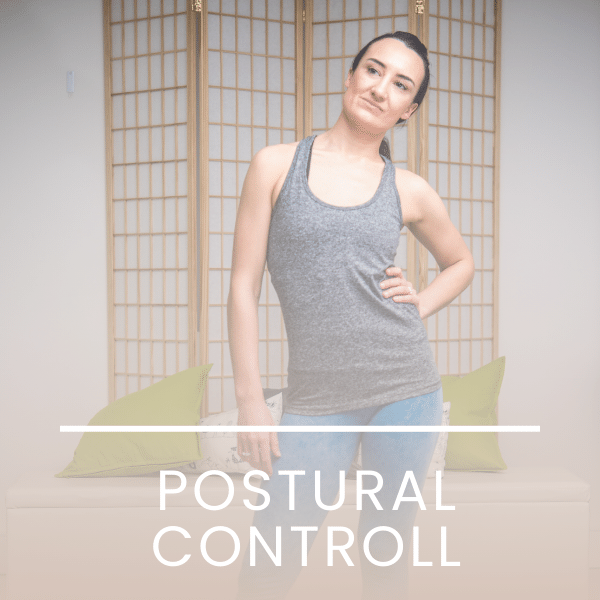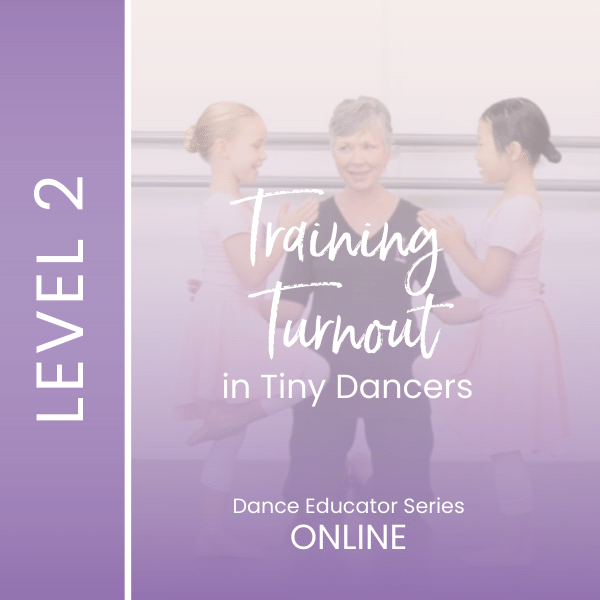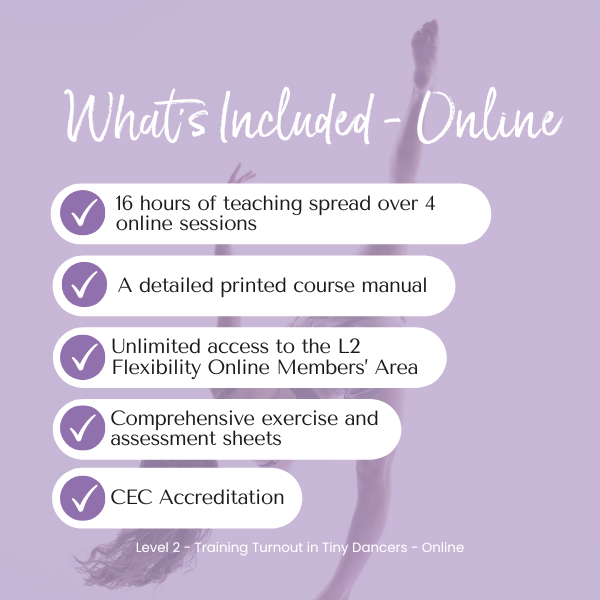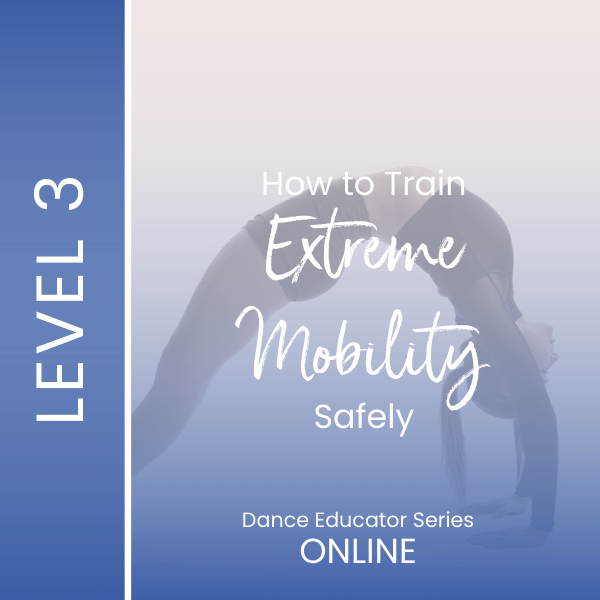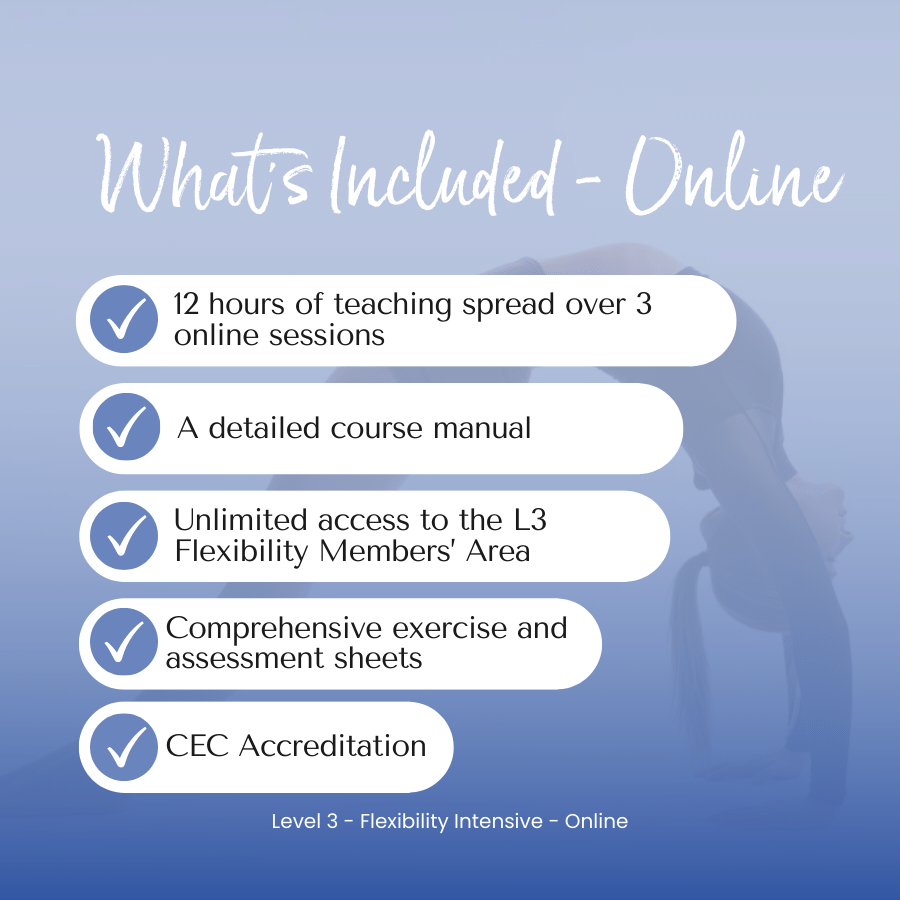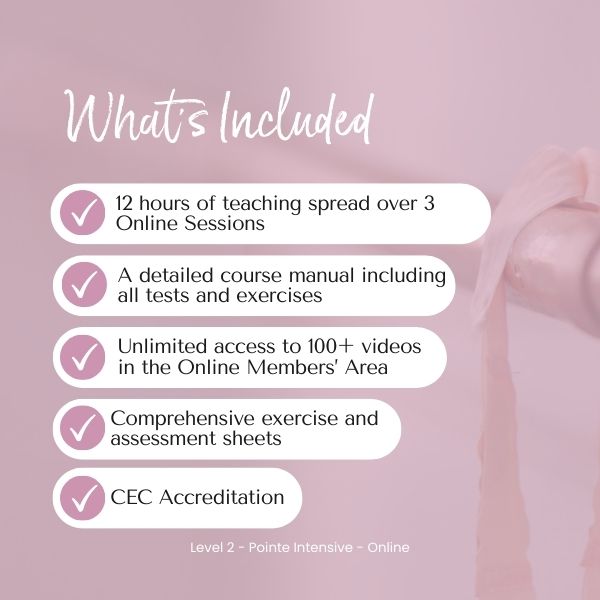- Free Articles
- Shop
- Workshops
- The Dance Educator Series
- L1 – The Fundamentals
- L2 – Pointe Intensive
- L2 – Flexibility Intensive
- L2 – Training Turnout in Tiny Dancers
- L3 – Foot & Ankle Injuries in Dancers – NEW
- L3 – Hip Injuries in Dancers
- L3 – How to Train Extreme Mobility Safely
- Upcoming Workshops
- Workshop FAQ’s
- Workshop Testimonials
- Host Application Form
- Dance Teacher & Health Professional Directory
- Members Areas
- Cart
- My Account
Level 2 - The Perfect Pointe System
Pointe Intensive for Dance Teachers and Health Professionals
Progressing onto pointe is one of the biggest rites of passage a young dancer faces, it is often a very exciting time. However, it is also very challenging. The excitement of that shiny new pair of shoes is often quickly soured with the onset of pain and blisters, but it does not have to be this way.
Assessing the individual dancer thoroughly before going on pointe is absolutely paramount to success en pointe and is slowly becoming more commonplace in dance schools around the world. Having a clear system that allows you to accurately identify areas of weakness, tightness and instability in a dancer allows us to give them specific exercises that will help optimise their function.
This course looks at how we can more effectively prepare young dancers and their parents for the process of preparing to go onto pointe. Adequate education well ahead of the final formal pointe screening will help avoid many broken hearts, as well as reducing the likelihood of injury.
About this course:
The Perfect Pointe System is designed for both dance teachers and therapists who work with dancers, or who want to provide pre-pointe screenings, and is divided into three main sections:
Preparation for pointe:
- How to curate your own pre-pointe preparation classes
- Curriculum development for more success en pointe
- Discussion of many complexed questions round preparing for pointe
- How to prepare both dancers and their parents for the process
Pre-pointe assessment, including:
- A comprehensive pre-pointe questionnaire
- Postural & functional assessments
- Detailed screening of feet, hips & core
- Assessment of the other factors that may affect pointe work
- Integration of the pre-pointe assessment into your studio
- How to screen students already on pointe to enhance technique
Starting en pointe:
- Final approval for progressing onto pointe
- Detailed pointe shoe fitting techniques
- Modification of pointe shoes for certain foot types
- Customisation of ribbon placement and elastics
- Preparatory exercises for the initial progression onto pointe
- Beginner pointe exercises
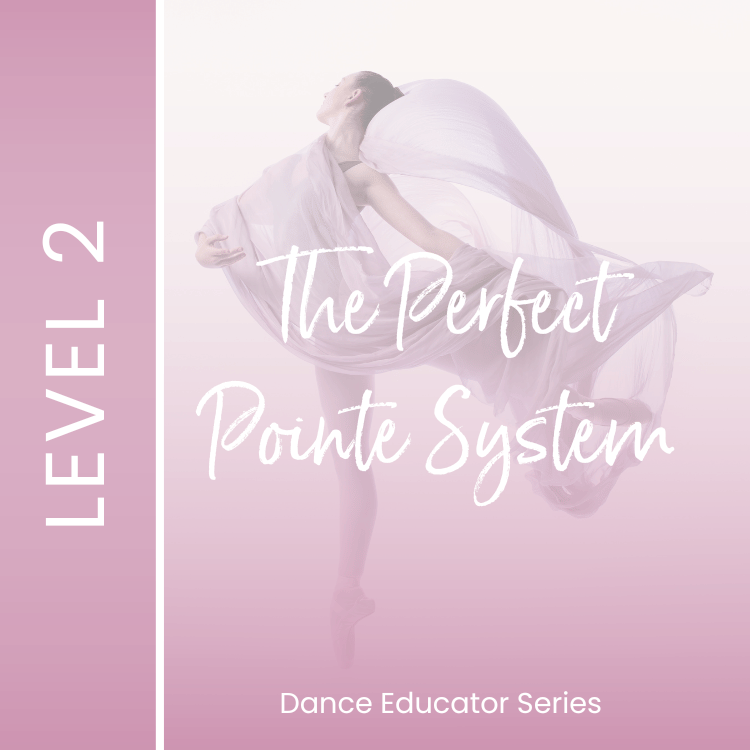
If this sounds like exactly what you need to help your dancers prepare for and transition onto pointe effectively, then check out the available formats, and chose the one that works best for you!
In-Person:
This course is conducted in-person over two days in various locations around the world at different times. Attending in person is a great option for those who love to be immersed in the learning experience, and to get personal, physical feedback on your understanding of the content. Check the dates and locations available on our upcoming workshops page, or, if you would like to host an in-person Dance Educator workshop, please fill out the Host Application Form and send through to us.
Online:
When delivered online this course is delivered over 3 weeks, with 2 x 2 hour content sessions each week. This layout allows you to ask questions and get personal feedback, just like in an in-person course, but allows you to do so from the comfort of your own home. An added benefit for many participants is having a week of integration time between each online session, to review the material, try it out on several dancers, and avoid the sense of overwhelm that some feel in a multi-day course.
Self-Guided:
We have now created the option for participants to work through the content independently. This allows you to take your time, fitting in the sessions around your own schedule. This option is great for those who want to learn, but have busy lifestyles and cannot attend one of the set dates for he online or in-person workshops. Every element of the course is filmed in detail, and you also get access to the recording of a recent online course if you prefer to watch along with others.
What's Included:
CONTACT HOURS:
-
In-Person: 14 hours of teaching over 2 days
-
Online: 12 hours spread over 3 weeks (3 x 4hr sessions)
MATERIALS PROVIDED:
-
You will receive a hard copy of the professionally printed course manual which includes both the theoretical components and practical exercises discussed in the course.
-
Plus, a detailed workshop workbook to document your personal discoveries
ONLINE MEMBERS' AREA:
-
During the workshop will you be given access to the Level Two - Perfect Pointe System Members' Area, giving you lifetime access to a multitude of resources to continue your learning, including:
-
Over 100 pre-recorded videos explaining each test and exercise in detail
-
A variety of different assessment sheets to help different learning styles
-
Downloadable tracking sheets and class plans to make implementation of the course content as easy as possible
CEC ACCREDITATION:
-
After the workshop, you will be emailed the CEC Accreditation Application Form, which is designed as an overview of the online course in order for you to appropriately claim CEC credits with your governing body.
-
In-person: 14 hours
-
Online: 12 hours
- Self-Guided: 12 hours
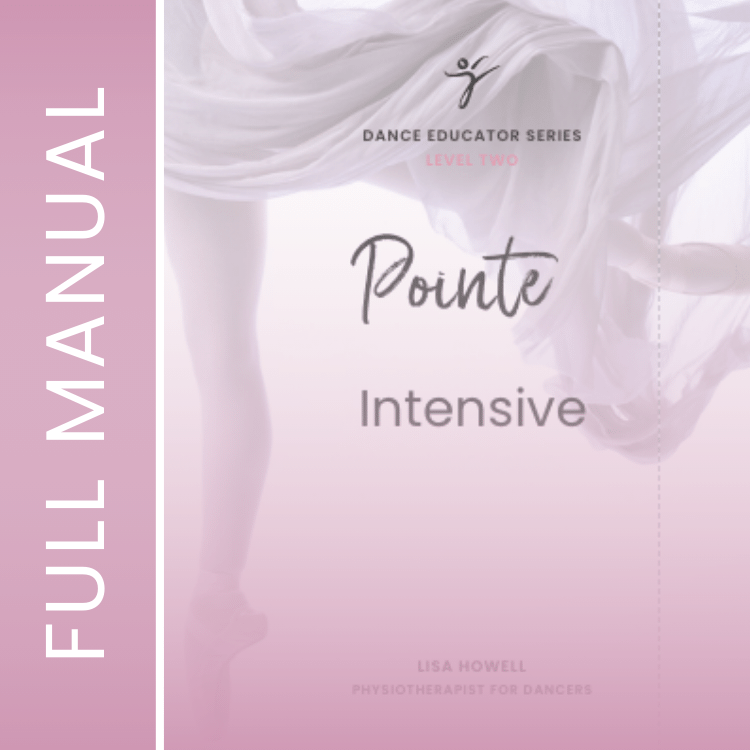
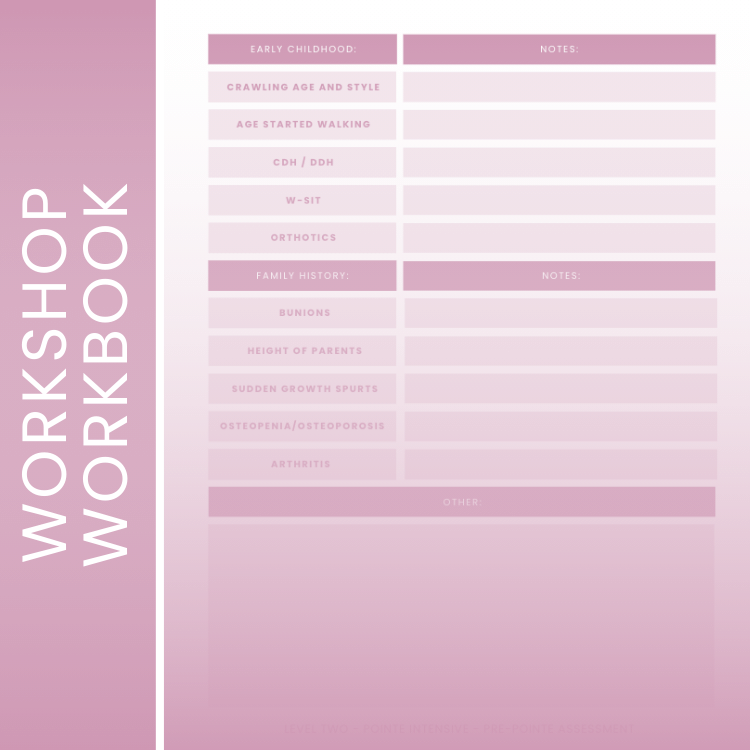

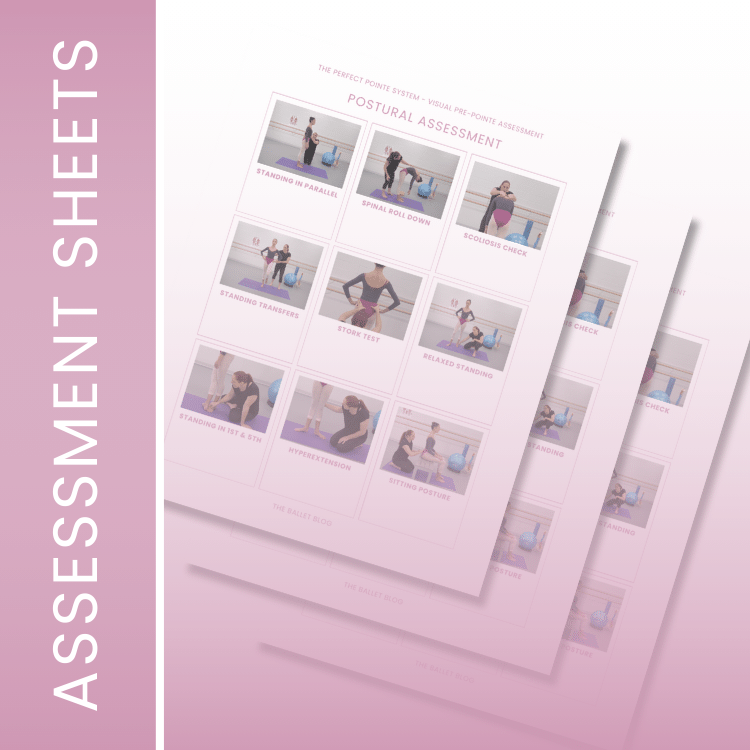
Overview of the content covered
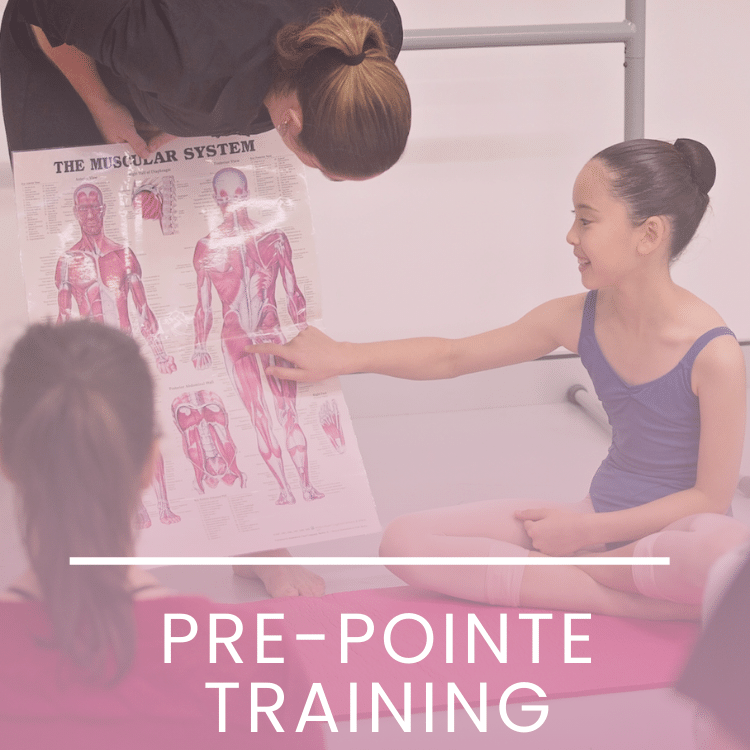
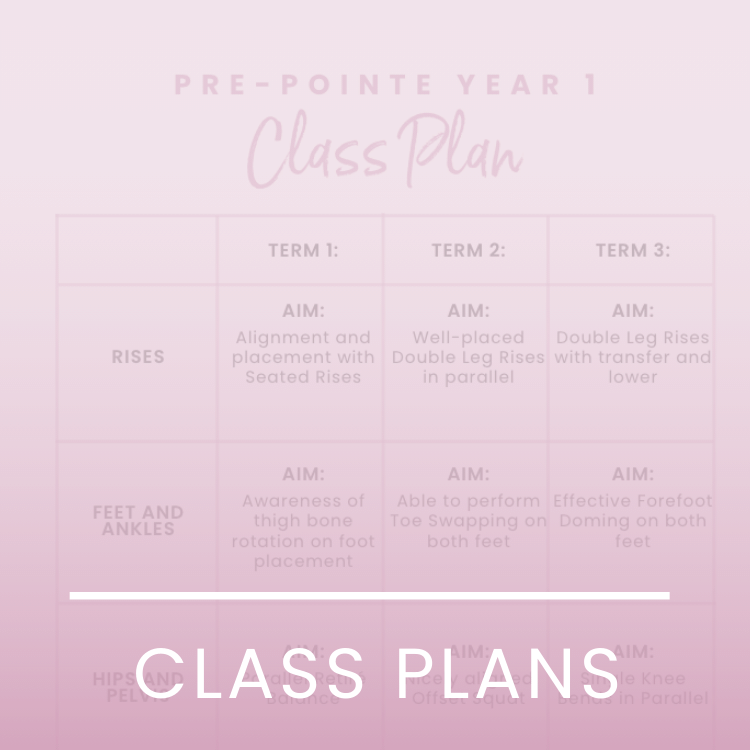
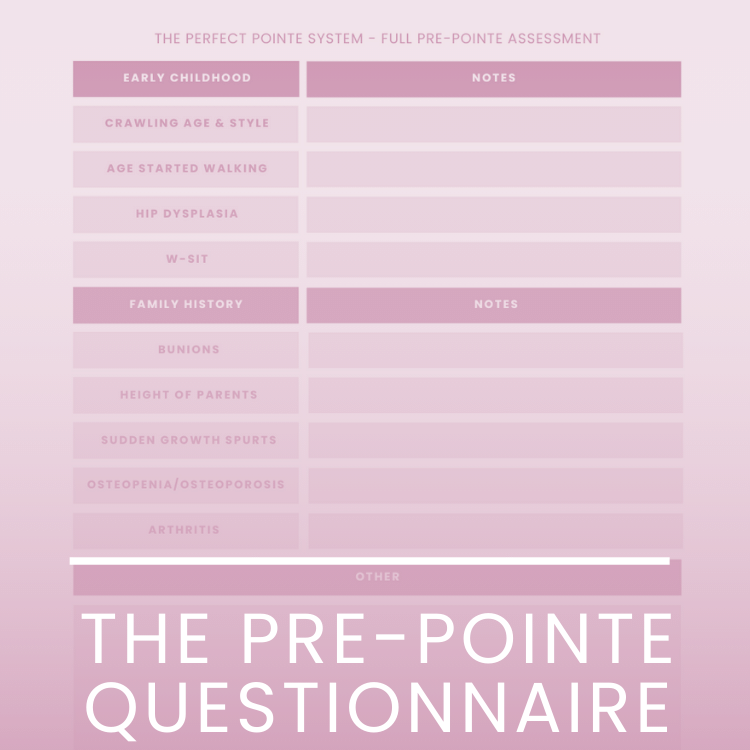
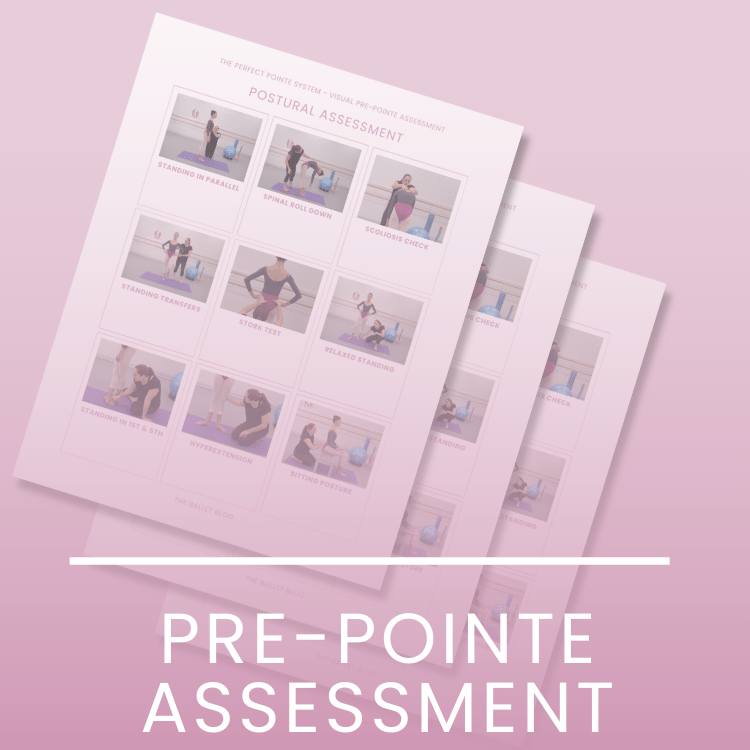
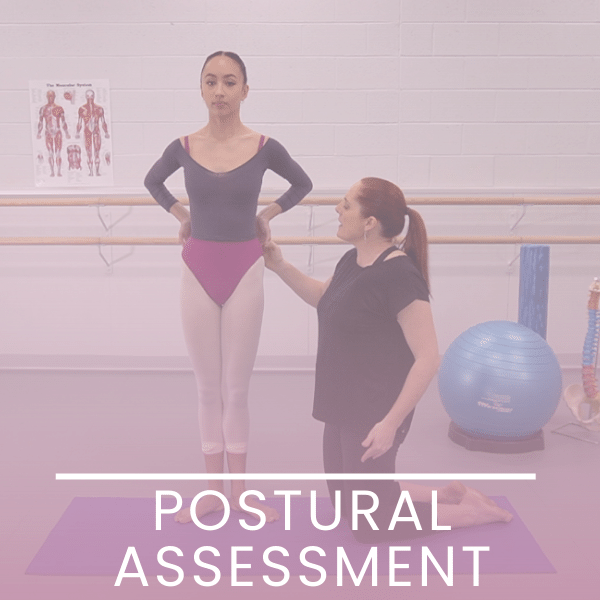
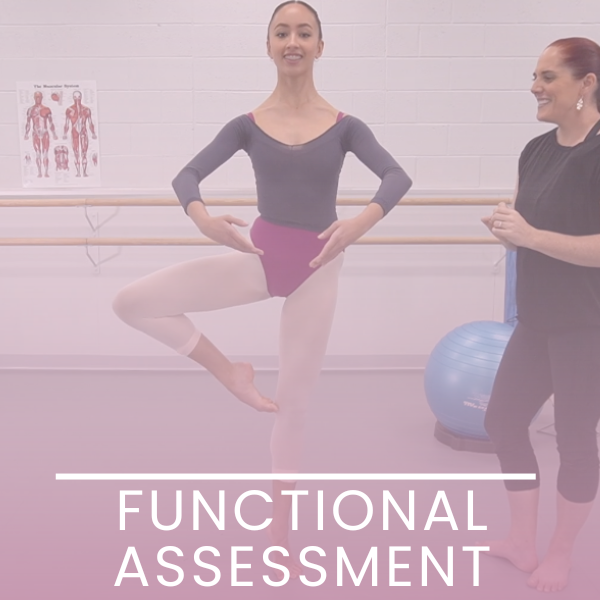
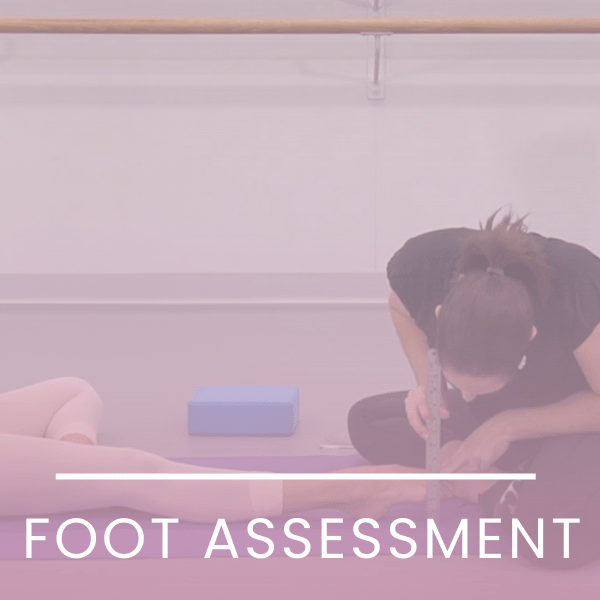
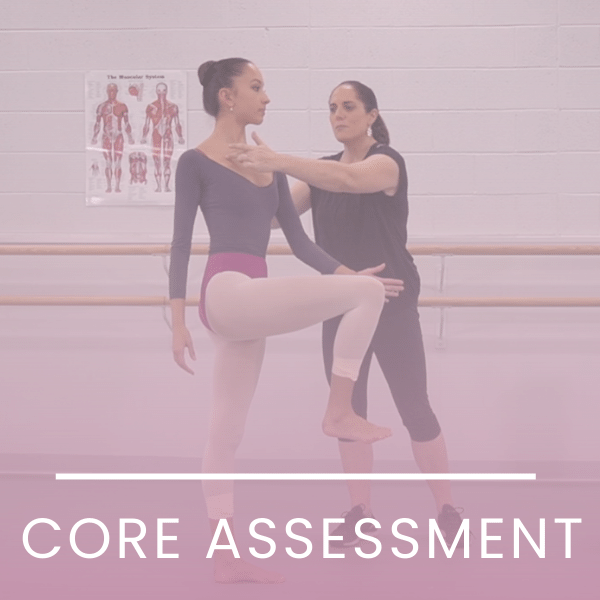
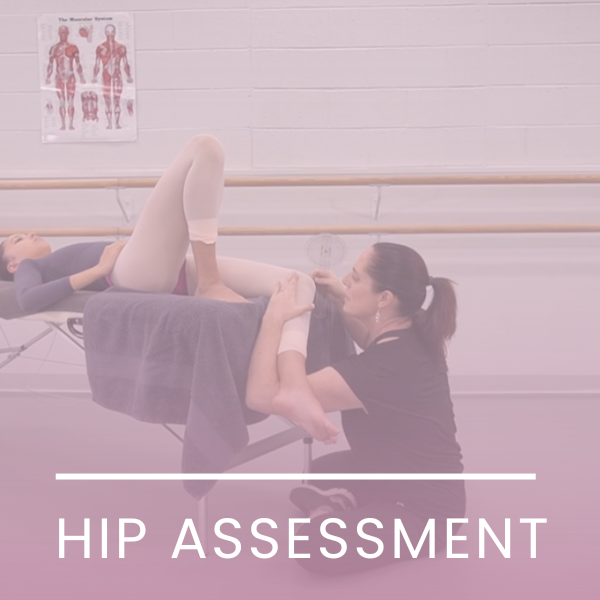
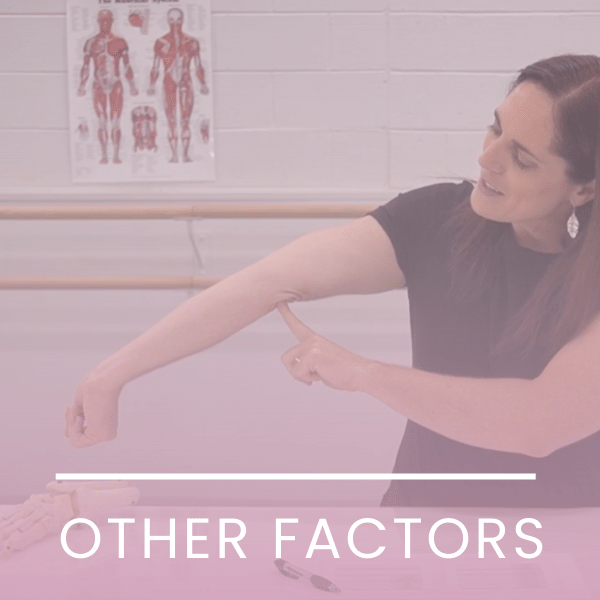
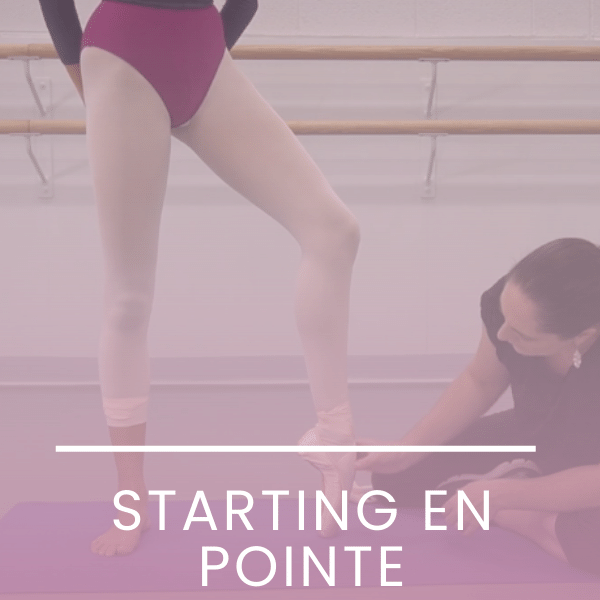
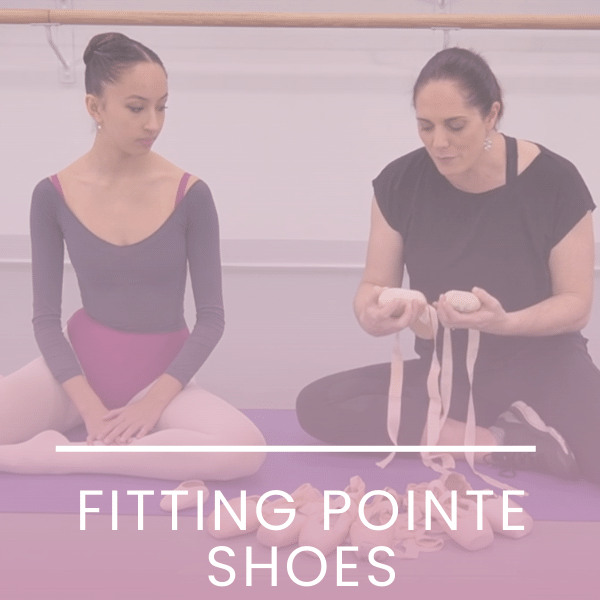
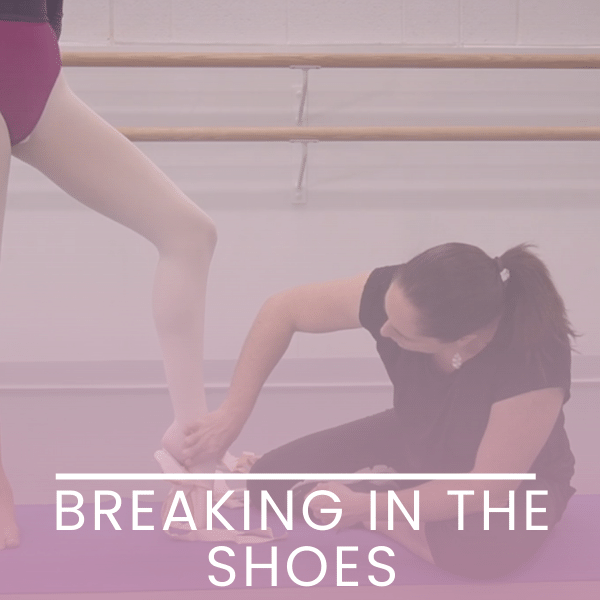
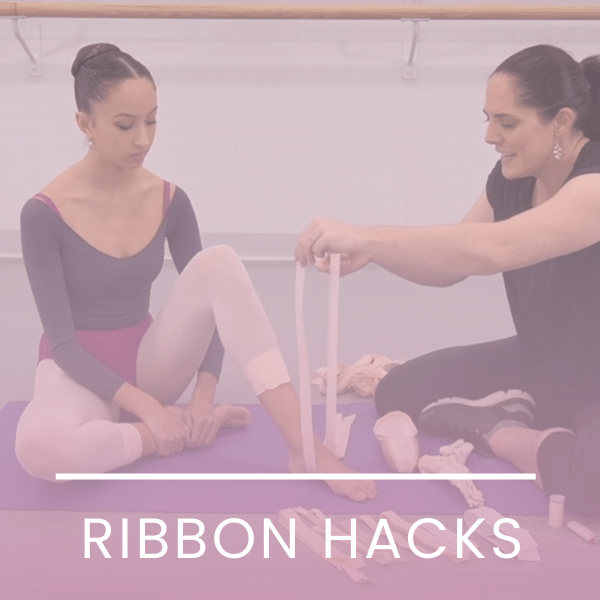
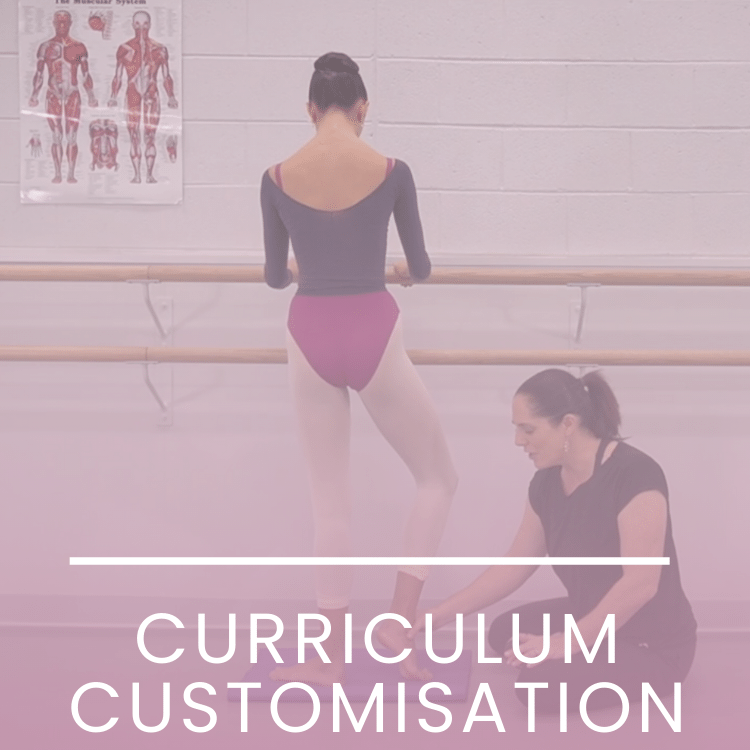
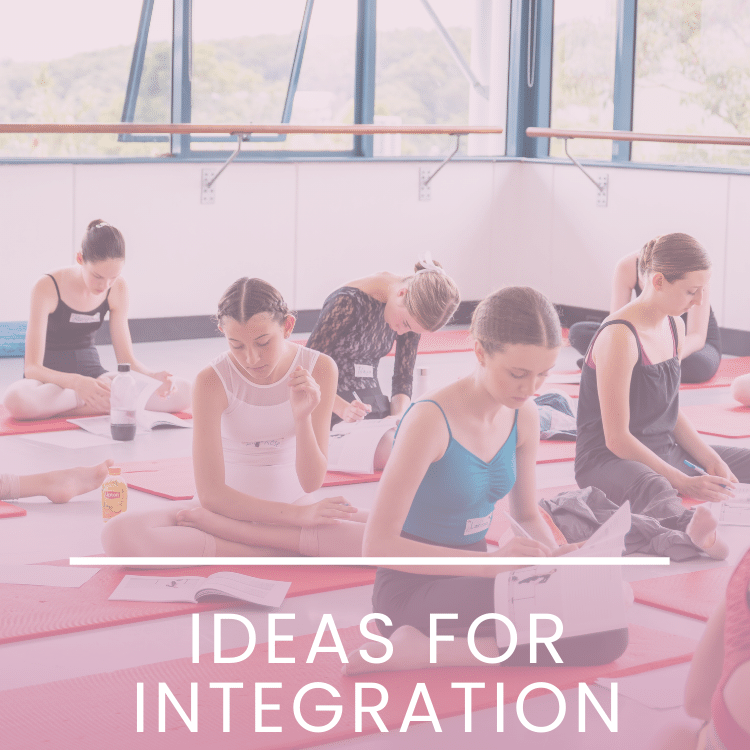
To get started, check out the available dates and locations on our upcoming workshops page.
FAQ's
Do I have to be on pointe to attend the course?
- You do not have to be en pointe to attend this online workshop!
- However, if you are currently en pointe, feel free to to have your pointe shoes handy.
Can I attend this course before completing the Level One Course?
- Due to the new format of this workshop this Three Day Online Intensive can be taken as a stand alone course. However, we highly recommend you familiarise yourself with Lisa's approach to Pointe Work by revisiting the Perfect Pointe Book, before attending the course.
- If you wish to delve deeper we highly recommend you attend the Level 1 Teacher Training either in person or online, or sign up to the Online Teacher Training Portal.
Do I need to have a model on the calls?
- It is not essential to have a demonstration model with you during the course, however, if you have a student or colleague that you can practice the pre-pointe assessment and pointe exercises with then this will be helpful.
- Whether or not you have a student model with your during the course, we highly advise planning to practice each days content on a model after the call finishes.
The following videos are examples of content from the Level 1 course that should be reviewed before attending The Perfect Pointe System course.
JOIN THE BALLET BLOG
to get access to over 100 free articles & 10% off your first order!
We promise not to clutter your inbox - but we will send you our latest tips, videos and promotions.

